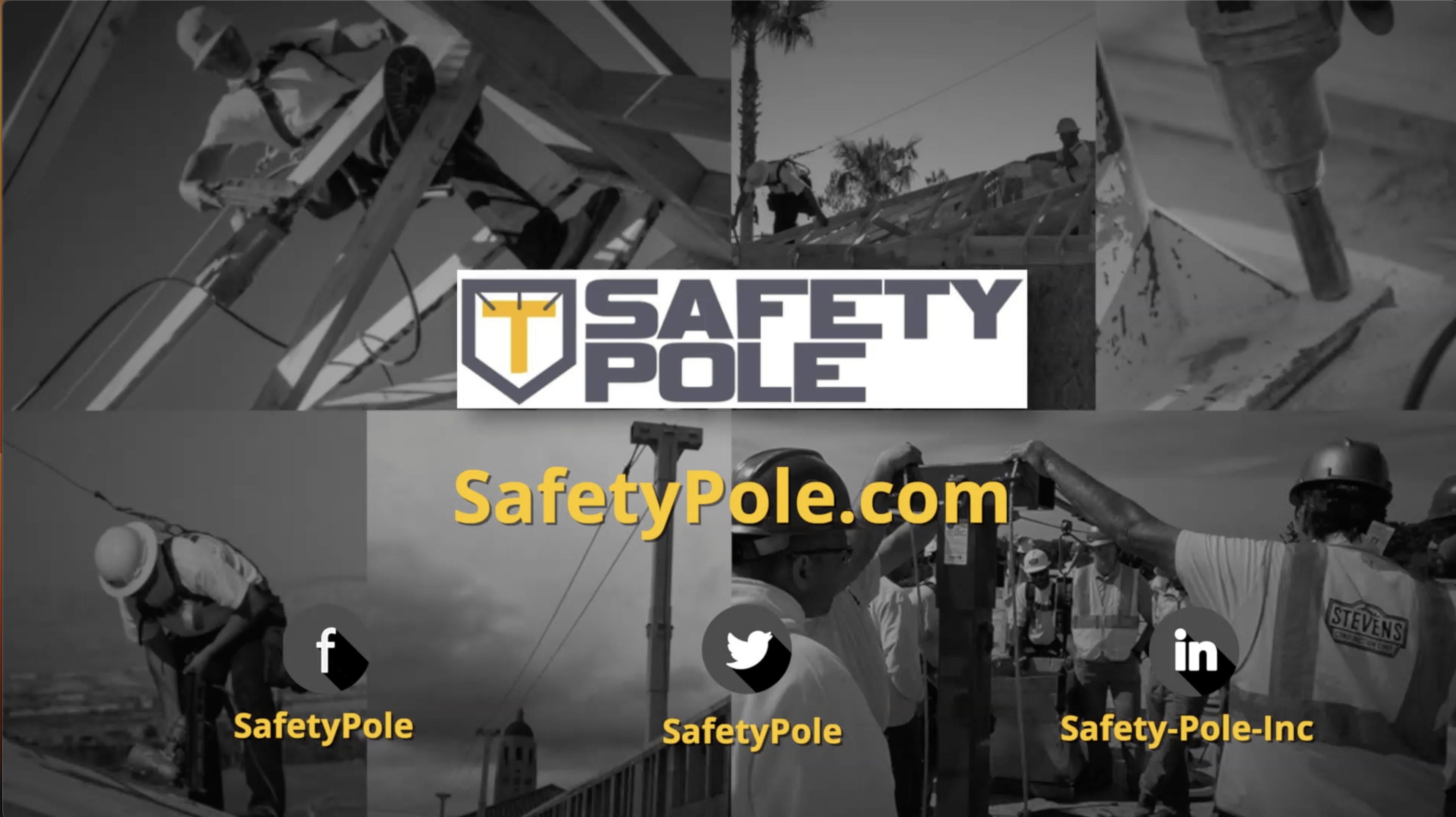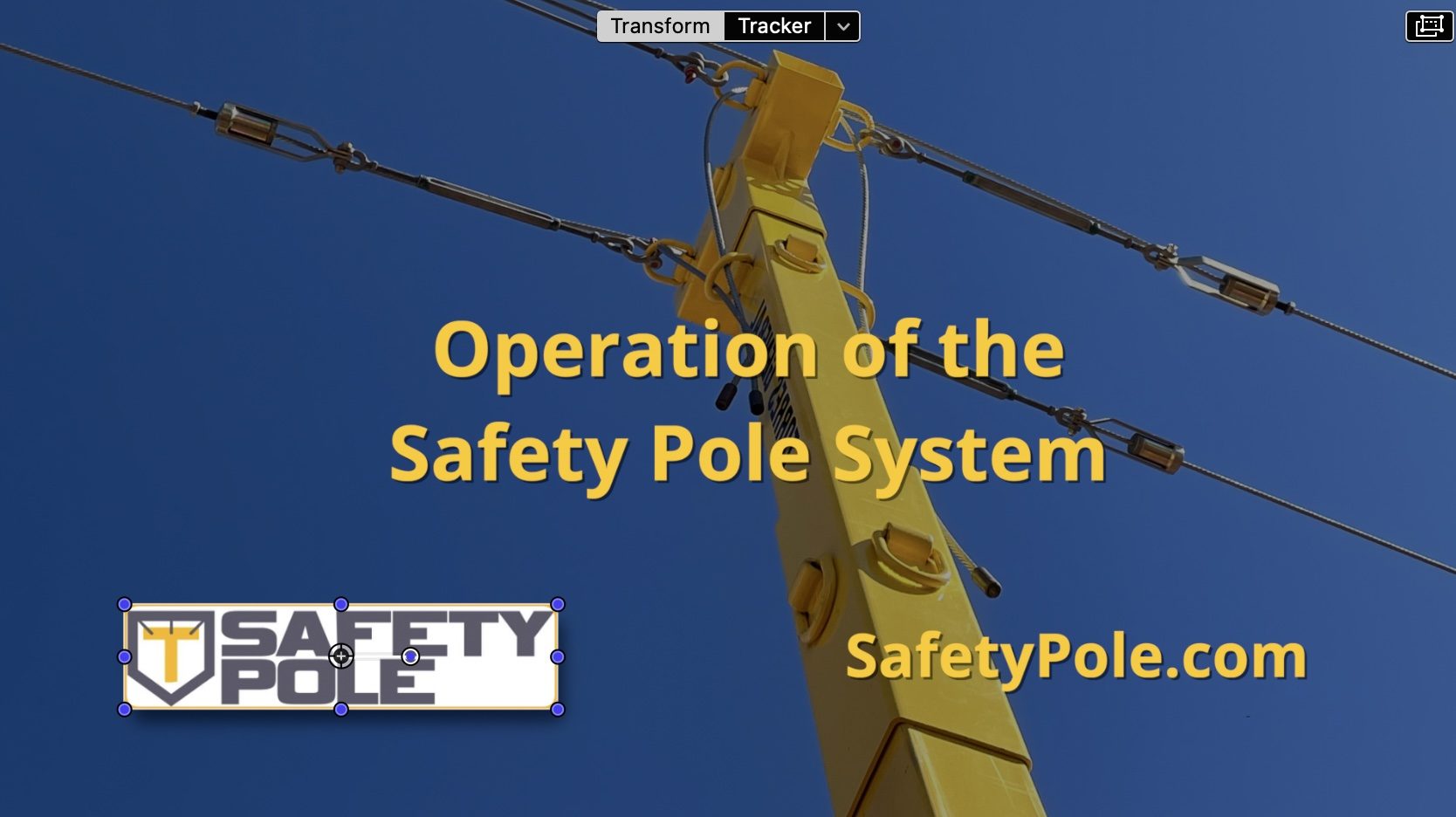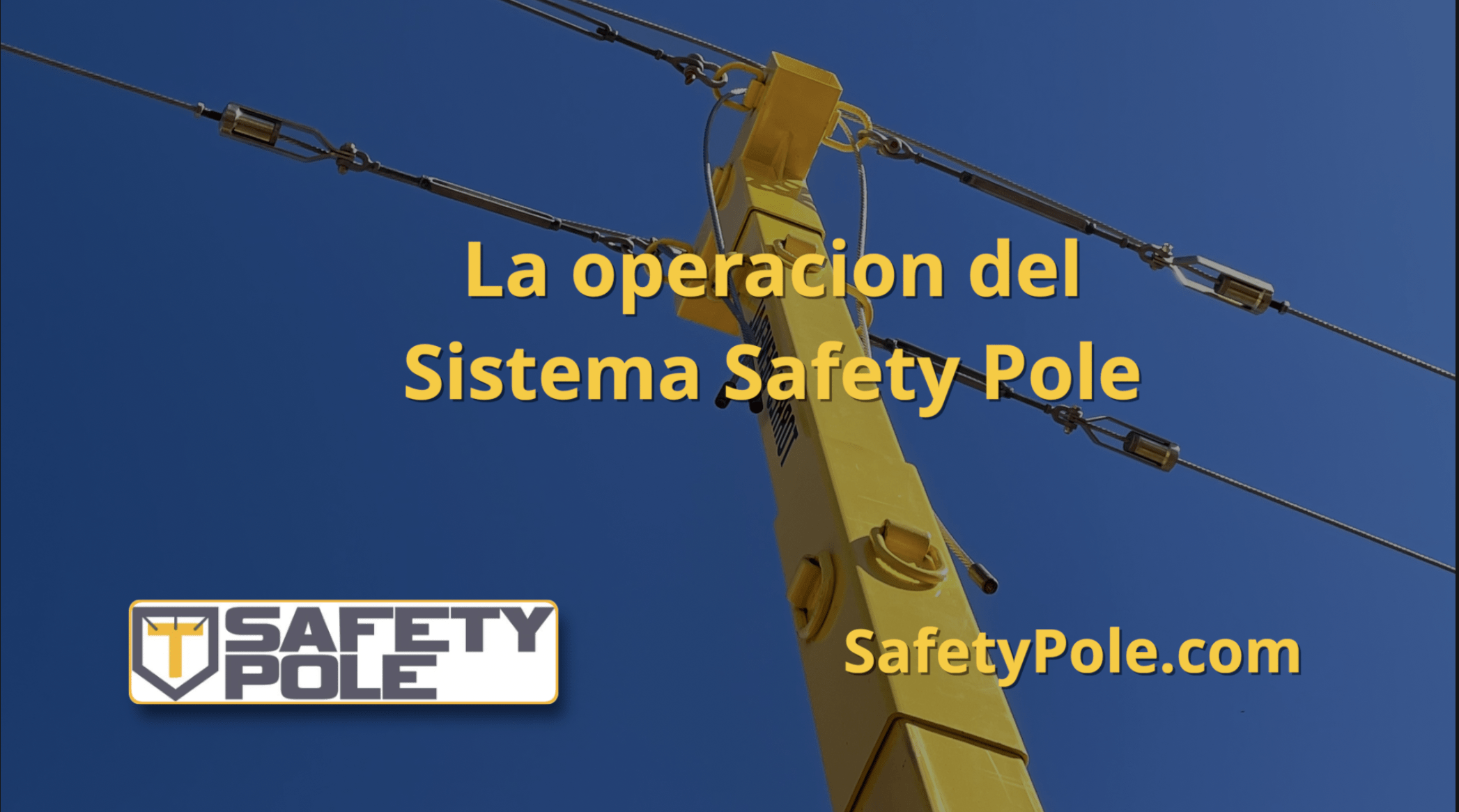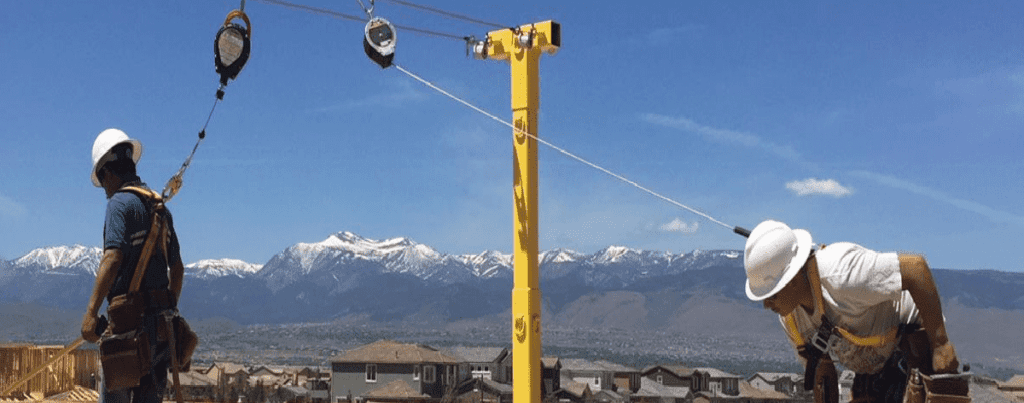
DEDICATED TO GETTING WORKERS HOME SAFELY
Safety starts with Safety Pole

Safety starts with Safety Pole
Safety is a paramount concern in the construction industry, where potential hazards and risks are prevalent. To ensure the well-being of workers and prevent accidents, construction companies are increasingly turning to technology for creating real-time monitoring systems. These systems, incorporating wearable devices, Internet of Things (IoT) technology, and artificial intelligence (AI), play a crucial role in tracking safety violations, near-miss incidents, and worker health. By leveraging AI and machine learning, predictive safety analytics can also be utilized to proactively identify potential hazards. This article explores how construction companies can implement these advanced technologies to enhance safety practices and mitigate risks.
Construction companies can equip workers with wearable devices, such as smart helmets, vests, or wristbands. These devices can track various safety parameters, including worker location, heart rate, body temperature, and exposure to hazardous substances. In case of safety violations or near-miss incidents, these devices can generate real-time alerts, enabling immediate response and intervention.
By integrating wearable devices with IoT technology, construction companies can create a network of connected devices that capture and transmit safety data in real-time. IoT sensors can be deployed across the construction site to monitor environmental conditions, detect potential hazards, and automate safety protocols. This interconnected system ensures that safety information is readily available and actionable.
AI and machine learning algorithms can analyze the vast amounts of data collected from wearable devices and IoT sensors to identify patterns and trends related to safety violations and near-miss incidents. By leveraging this data, construction companies can develop predictive safety analytics models that enable proactive identification of potential hazards. This allows for the implementation of preventive measures to mitigate risks and prevent accidents before they occur.
AI-powered systems can provide real-time decision support to supervisors and safety managers. By continuously monitoring safety data, these systems can analyze and interpret information in real-time, providing actionable insights and recommendations to address safety concerns promptly. This facilitates quicker decision-making and intervention to prevent accidents or injuries.
Implementing real-time monitoring systems and leveraging AI for safety analytics in construction offer several benefits:
Real-time monitoring systems, wearable devices, IT, and AI play a significant role in improving safety practices in the construction industry. By implementing these technologies, construction companies can monitor safety violations, near-miss incidents, and worker health in real-time, enabling quick intervention and preventive measures. Leveraging AI and machine learning for predictive safety analytics empowers companies to proactively identify potential hazards and take proactive steps to mitigate risks. However, it is crucial to address privacy and data security concerns while ensuring seamless integration of these technologies. With the right implementation, the construction industry can foster a safer work environment and protect the well-being of its workers.







Equip your team with Safety Pole & Accessories
Safety starts with Safety Pole